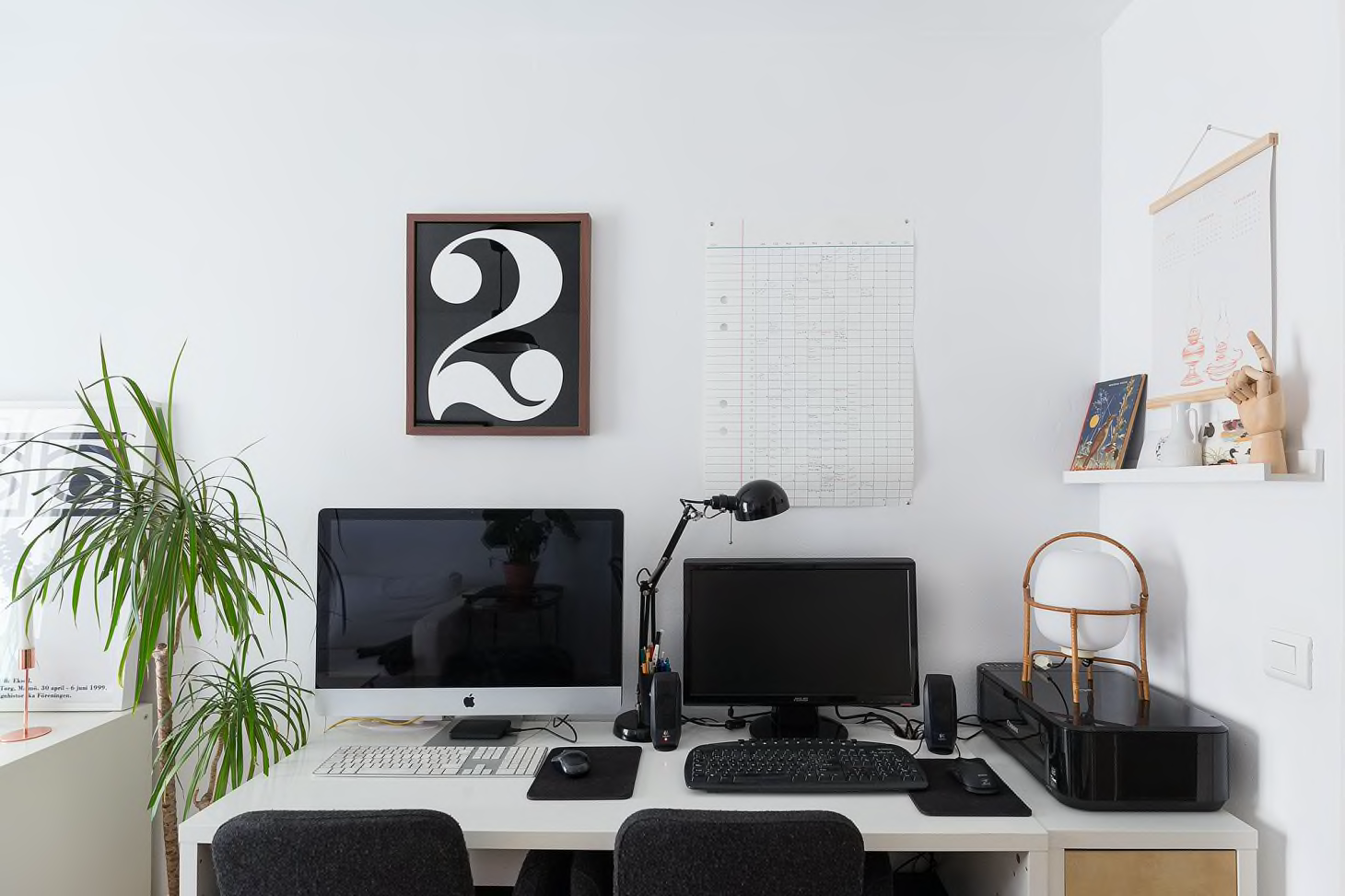
When it comes to preventing stress and protecting your mental health, there’s almost nothing more important and impactful than social connection: Hanging out with a close friend, going on a date with your partner, or even gathering for a brainstorm session with your co-workers can do wonders to help you adapt to difficulties. And given that many people’s stress levels are higher than ever, you might be seeking out this type of meaningful interaction to cope—and frequently.
But what happens when, for the indefinite future, your primary source of contact with other humans will happen through a screen? You get tired, and probably discouraged, all thanks to what psychologists have coined “ Zoom fatigue .” Whether you’re burned out on FaceTiming with your friends or just can’t handle one more digital work meeting, keeping up with a pixelated conversation can be draining in its own way. But therapists say it’s beneficial to power through the fatigue if you can.
Why? Maintaining connection with other humans—yes, even through a screen—is one of the most powerful ways to help your mind and body adapt to stress. Obviously, it’s not ideal to relegate your entire social life to your laptop and cell phone. But according to mental health experts, you’re probably getting more out of the screen time than you think.
Here are three reasons to power through your Zoom fatigue―and how to get the most out of connecting via video while we still have to.

Digital face-to-face contact is better than none
For one thing, video interactions are vastly more beneficial socially and emotionally than less personal forms of communication, like texting, emails, and phone calls.
“When we do video calls, we can see the other person’s facial expressions and body language, and all of this communicates to the overall message we receive,” says online therapist Danielle Wayne .
For example, I text my best friend, Rachel, almost every day—we share memes, GIFs, and mutual complaints about our kids’ meltdowns. An “lol” or a well-placed GIF is fine, but nothing compares to seeing her erupt into laughter on a FaceTime call. Actually hearing her laugh affirms that Rachel feels connected to me and what I said, and in turn, I feel more connected to her, too.
Your brain remembers times you’ve been together
It might not seem like you’re reaping any benefit from all those unspoken cues from the person across the screen, but your brain is absorbing more than you think. “We replay nonverbal cues in our heads, and it reminds us of times we’ve been together with people before,” says Wisconsin-based therapist Betsy Byler . In other words, to your body, a video call can come with the same benefits as when you actually meet with someone in person because it can trigger many of the same sensations.
You’re probably less distracted online
Sometimes, Zoom or FaceTime meetings can provide an even deeper connection than some in-person meetings. Think back to the last time you met up with a friend or relative in public—say, in a restaurant or at a coffee shop. Chances are, you had to work to stay focused on the person in front of you because of all the sensory distractions around you.
New York-based psychologist Sabrina Romanoff says Zoom meetings can have the opposite effect. “Zoom actually allows for a deeper connection because it eliminates distraction and enables you to see other sides to the person on the other side of your screen,” she says.
At the same time, these face-to-face but remote connections can start to take a toll when they’re constant. Summer R. Thompson, a mental health nurse practitioner with Community Psychiatry , says video calls require more focus than a regular phone call because of the need to concentrate visually and listen. “And,” she adds, “people are likely becoming fatigued with the high use of electronics in general, including social media, which translates to increased difficulty in handling the quantity of requests to ‘get together’ and check in virtually.”
How to make video calls work for you
To ensure you get the most out of the digital interactions that do matter, set some boundaries. For example, Thompson says it could help to suggest that some work-related internal calls are only conducted on audio to take some of the pressure off. “It’s also understandable and reasonable to set boundaries with friends and family, and let them know you are simply trying your best to not burn out,” she says.
If you have multiple Zoom meetings a day, Byler suggests turning your video and microphone off when your full presence isn’t needed, if your coworkers are OK with that. “Being on all day is too much,” she says. “We need to be able to physically relax, or just not have to be aware of how we look.”
And when the time comes for a video call with a loved one, use it as an opportunity to forge or further strengthen a meaningful connection, whatever that means for you. Talk about how you’re feeling. Ask questions. Tell stories about memories you share. Play a game. Authentic engagement will make you feel more connected to the person you’re “with” than small talk, along with bringing up opportunities to share your thoughts and feelings.
“Use this as an opportunity to share more of yourself, what you value, and what you can learn from seeing the homes of the people you are connecting with on the other side,” Romanoff says. “While so much has been taken away, we have been gifted with just as much in return during this time.”
